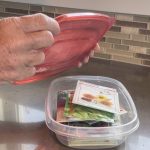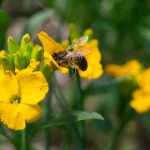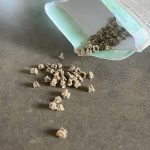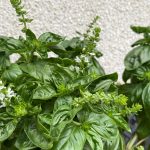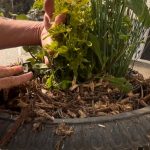With their vibrant colours and delicate blooms, Petunias have long been a favourite among gardeners and flower enthusiasts. However, you may have questions about how to grow petunias and ensure they thrive.
Petunias are incredibly versatile and have the ability to thrive in various growing conditions. This makes them a popular choice for garden beds, hanging baskets, and containers.
As you embark on your Petunia-growing journey, you are bound to have questions along the way.
This blog is a compilation of some of the most frequently asked questions about growing and caring for Petunias to provide you with the answers you need, so let’s dig in!

Want the inside scoop on more gardening tips? Get early access to all my blogs and exclusive content by signing up for my newsletter!
1. Can I Grow Petunias in Containers?
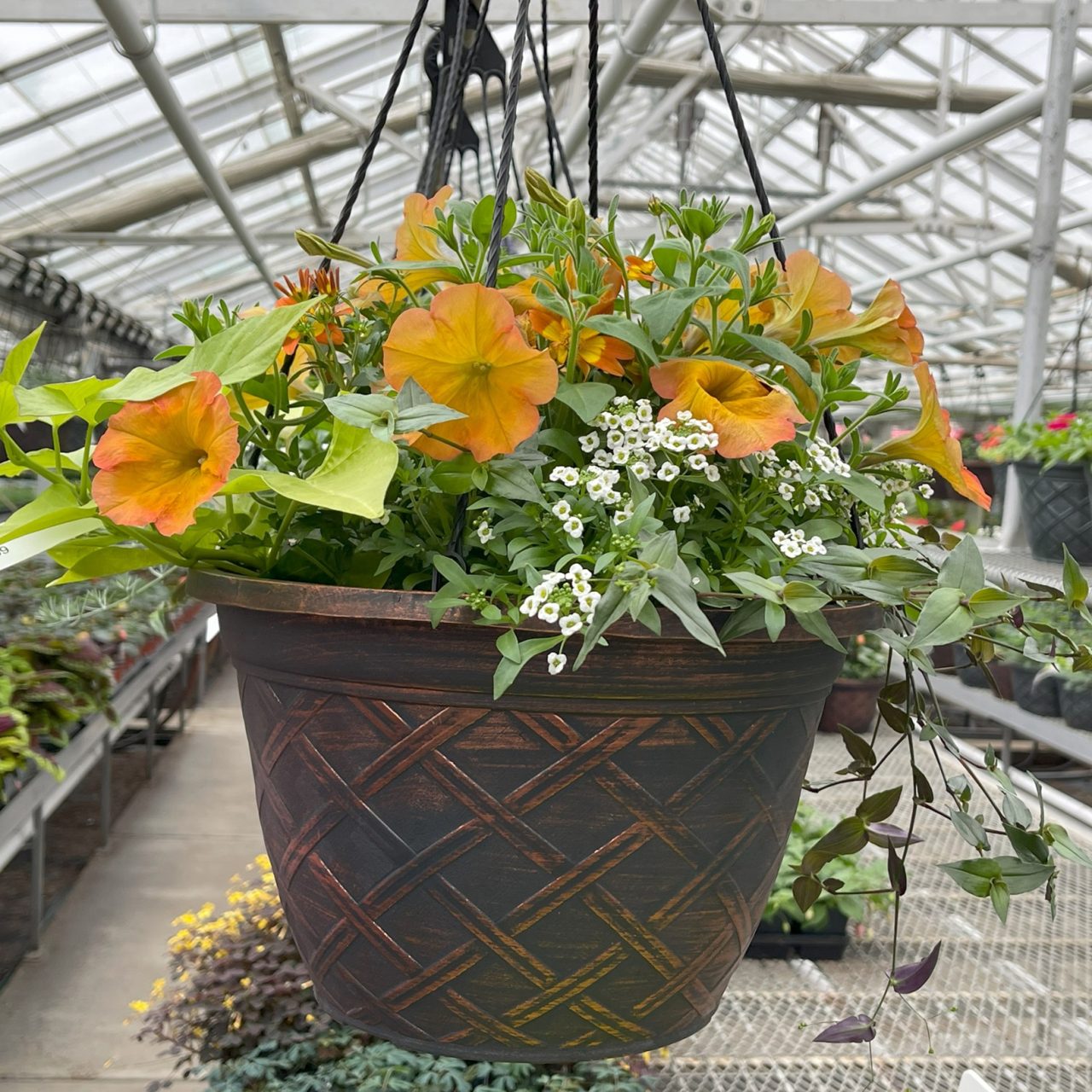

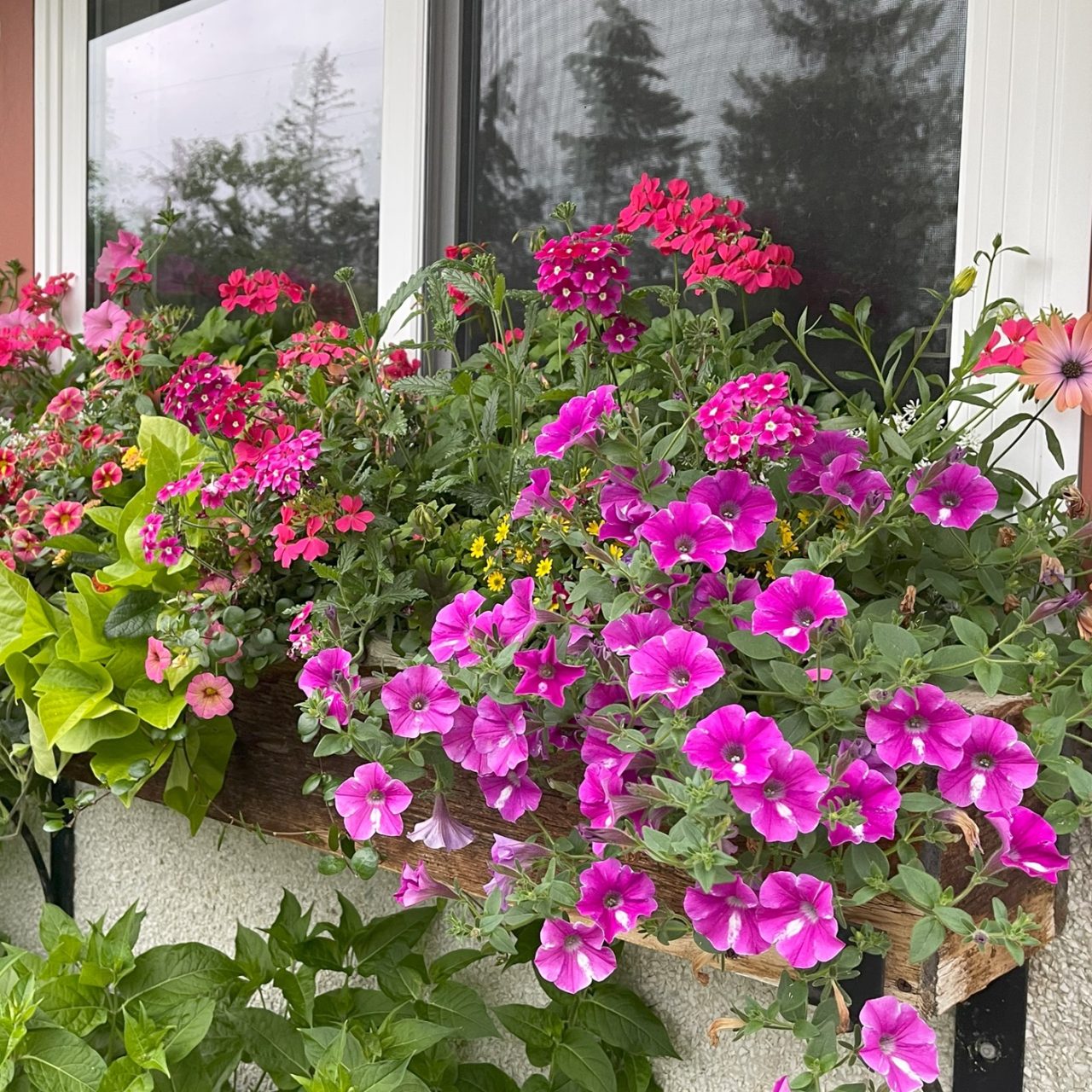
Absolutely! Petunias are excellent and specially bred for container, planter, and hanging basket gardening.
Choose a container with drainage holes and use a fertile, well-draining potting mix.
Remember to water and fertilize them regularly, as container-grown plants may dry out more quickly.
Related: For more details on container and hanging basket care, see:
- How to Keep Containers and Hanging Baskets Thriving All Season
- How to Use Mulch in Containers and Hanging Baskets
2. How Often Should I Water My Petunias?

Petunias prefer consistently moist soil and can be prone to root rot if overwatered, so the key is to strike a balance.
I prefer to check soil hydration regularly and water based on the plant and soil needs.
A good rule of thumb is to water Petunias thoroughly and deeply once the top 5 cm (2″) of soil feels dry which allows water to penetrate the root zone and encourages healthy root development.
Avoid frequent, shallow watering as it can lead to weak roots and disease susceptibility.
To check soil hydration, insert the length of your index finger, and when the dryness is felt at the second knuckle, it’s time to water.
When watering Petunias, it’s best to aim for the soil rather than wetting the foliage.
Wet leaves can invite fungal diseases, so try to direct the water to the base of the plant.
A soaker hose or drip irrigation system can directly provide a slow and steady water supply to the roots.
3. Do Petunias Require Fertilizer?

Yes, Petunias benefit from regular fertilizing.
Petunias grow quickly and are heavy feeders, meaning they have a high nutritional needs, and regular fertilization throughout the growing season helps them perform to their highest potential.
Routine fertilizing will provide the supplemental nutrients for overall plant health, strong root development, and vibrant flowers.
Look for a balanced fertilizer with equal ratios of nitrogen (N), phosphorus (P), and potassium (K), like 20-20-20. Other good fertilizers are Nature’s Source and 15-30-15.
Incorporating a slow-release granular fertilizer into the soil mix before planting is helpful, too.
Follow the manufacturer’s instructions for proper dilution and application of the chosen fertilizer. Over-fertilization can lead to excessive foliage growth at the expense of blooms.
Related: How to Understand Fertilizer Labels

Want the inside scoop on more gardening tips? Get early access to all my blogs and exclusive content by signing up for my newsletter!
4. Should I Deadhead My Petunias?
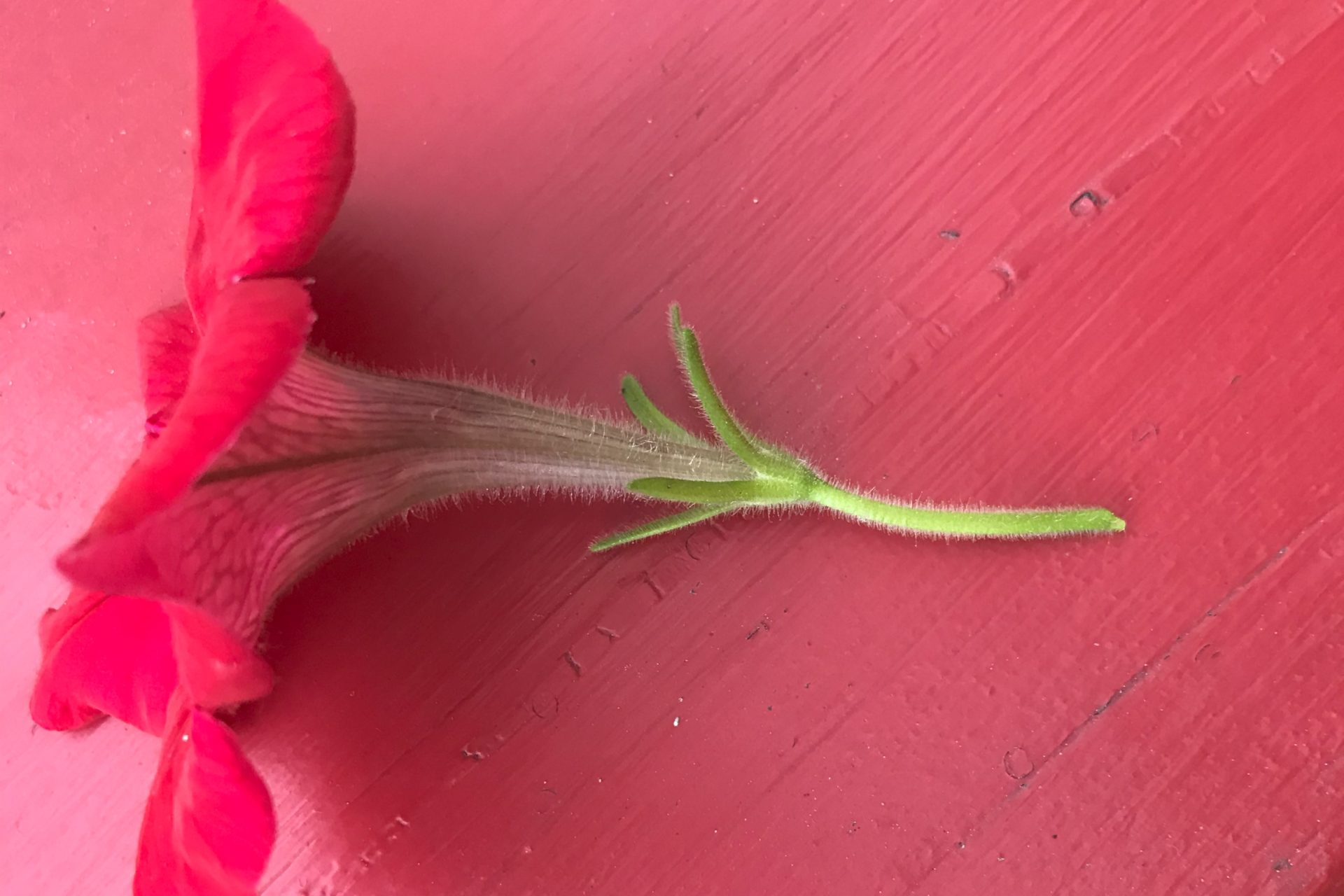
Deadheading refers to removing faded or spent flowers, encouraging the plant to direct its energy toward producing new blooms instead of producing seeds.
Some Petunias don’t need to be deadheaded, so check specific variety labels for details.
Aim to deadhead your Petunias whenever you notice faded flowers, ideally before they have a chance to produce seeds.
To deadhead your Petunias, pinch or snip off the faded flowers just above a set of healthy leaves or buds, being sure to remove the entire flower structure, which takes out to ovary where seed development occurs.
This will not only promote new growth but also keep your Petunias looking tidy.
5. How Can I Prevent Diseases and Pests From Affecting My Petunias?
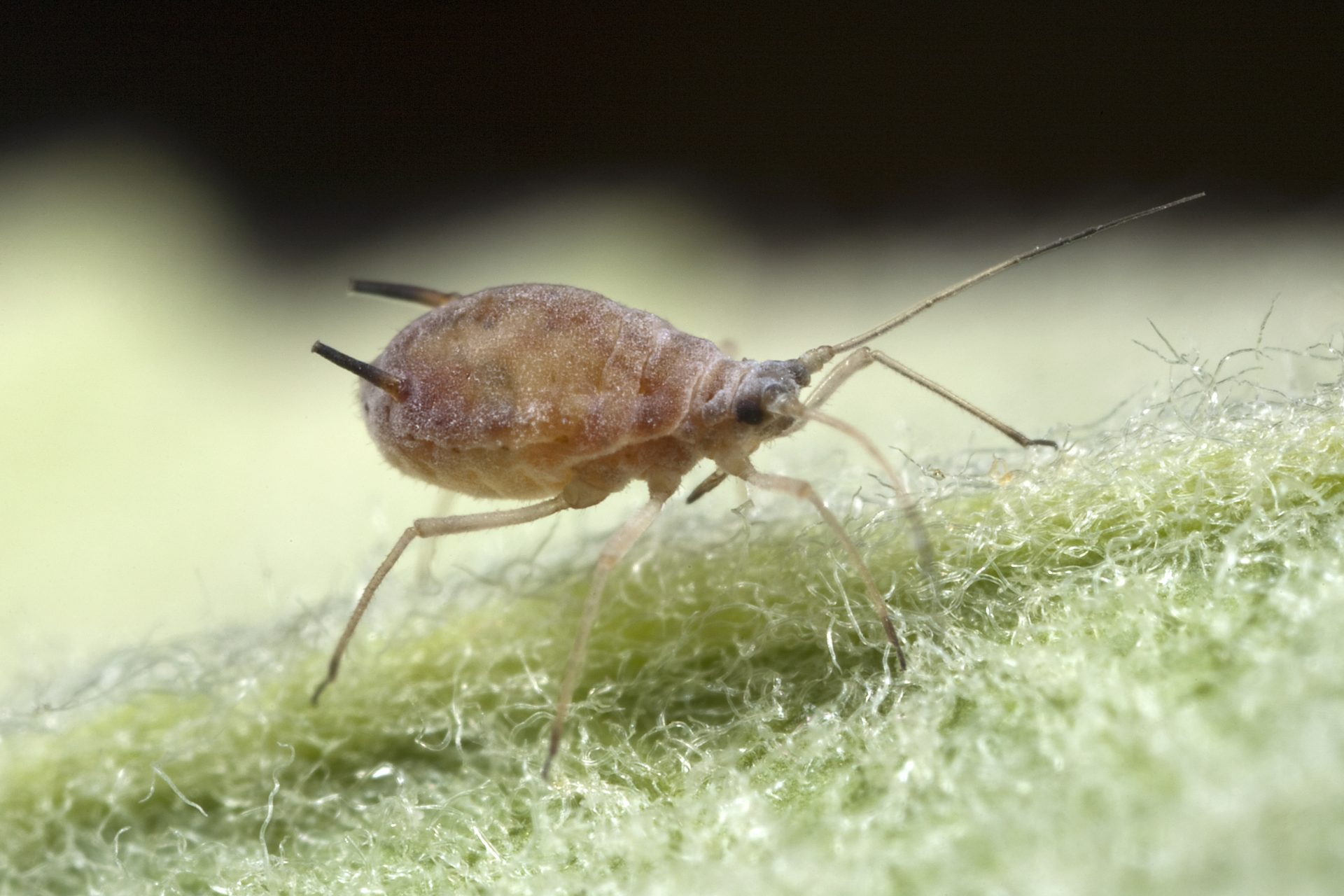

Simple preemptive care and maintenance can help prevent common diseases and pests.
The two most common issues with Petunias are aphids and fungal infections.
Aphids are particularly fond of Petunias, especially later in the gardening season during the last half of summer.
Petunias are prone to fungal infections when humidity and temperatures are high, and if the leaves are routinely wet.
For both aphids and fungal infections, ensure good air circulation around and between your plants by providing adequate spacing, pinching back foliage when it is excessively thick, and avoiding overwatering.
Regularly inspect your Petunias for any signs of pests and treat them promptly if necessary.
6. Should I Prune My Petunias?
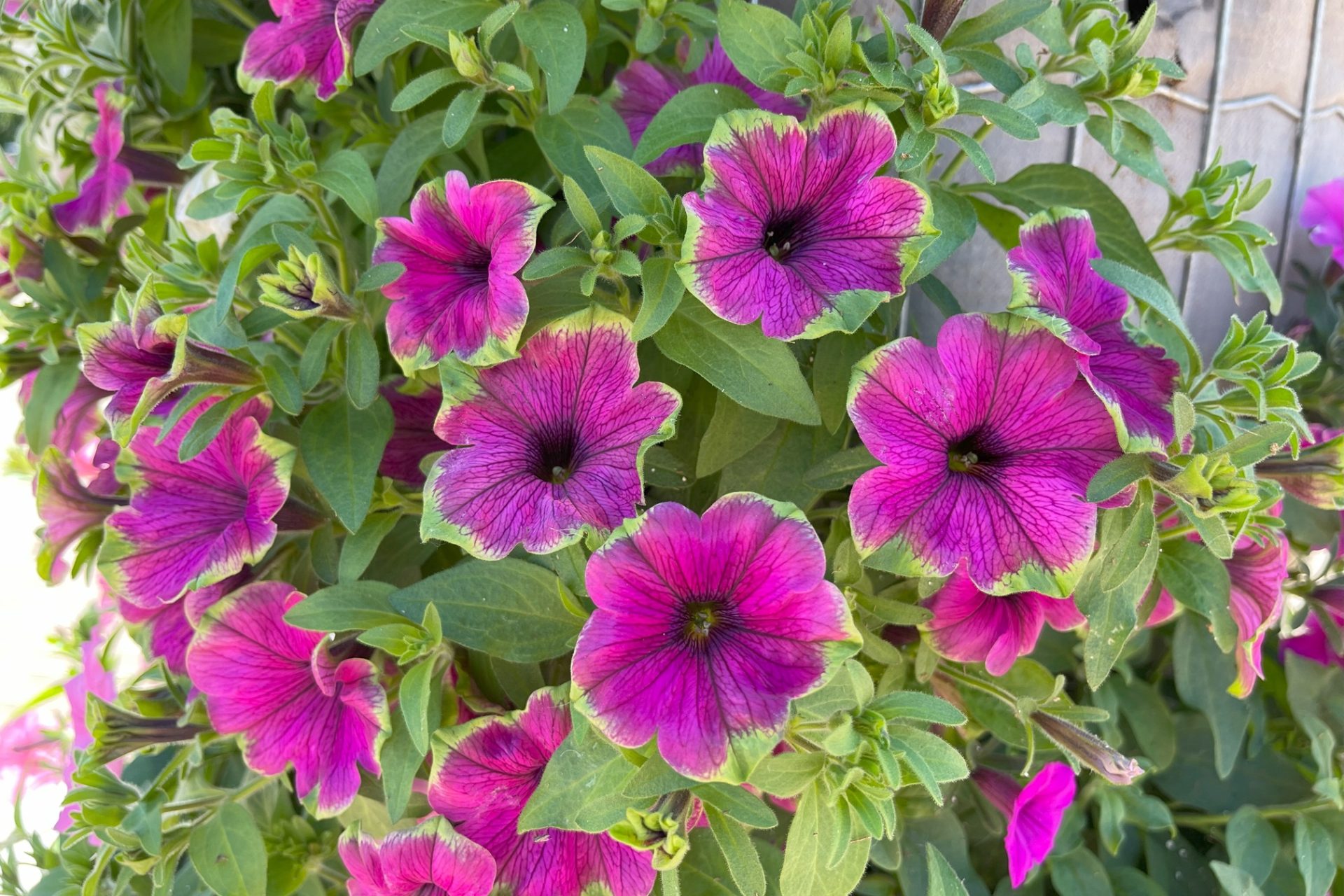
Whether Petunias should be pruned depends on the Petunia variety and where it is being used in your gardening space.
If the Petunia gets leggy at any point during the growing season, pruning helps promote bushier growth with a light trim to encourage branching and a more compact habit.
It’s important to correctly time pruning to avoid interrupting the blooming cycle and it’s best to do it in early summer or after the first flush of flowers has finished, which allows the plant to recover and produce new growth in time for another round of beautiful blooms later in the season.

Want the inside scoop on more gardening tips? Get early access to all my blogs and exclusive content by signing up for my newsletter!
7. Can I Save Seeds From My Petunias?

Petunias are typically hybrid plants, meaning that saved seeds may not produce the same characteristics as the parent plant, and many hybrid cultivars are sterile.
For consistent and reliable results, it’s best to purchase new seeds or plants yearly!
Answering Your Top Questions on Growing Petunias
These are some of the most common questions I get about growing petunias. It is my dream that the answers to these questions have helped equip you with the knowledge and confidence to grow and care for your Petunias successfully. Growing petunias is incredibly rewarding work as it results in vibrant and beautiful florals that brighten up any space. If you have any other questions about growing petunias, get out my other blogs and sign up for my newsletter to join the conversation!
For a complete discussion on the art of growing great Petunias, please visit my blog, A Practical Guide to Growing Beautiful and Eye-Catching Petunias.
Happy gardening!
©Sharon Wallish Murphy ©Gardening with Sharon






